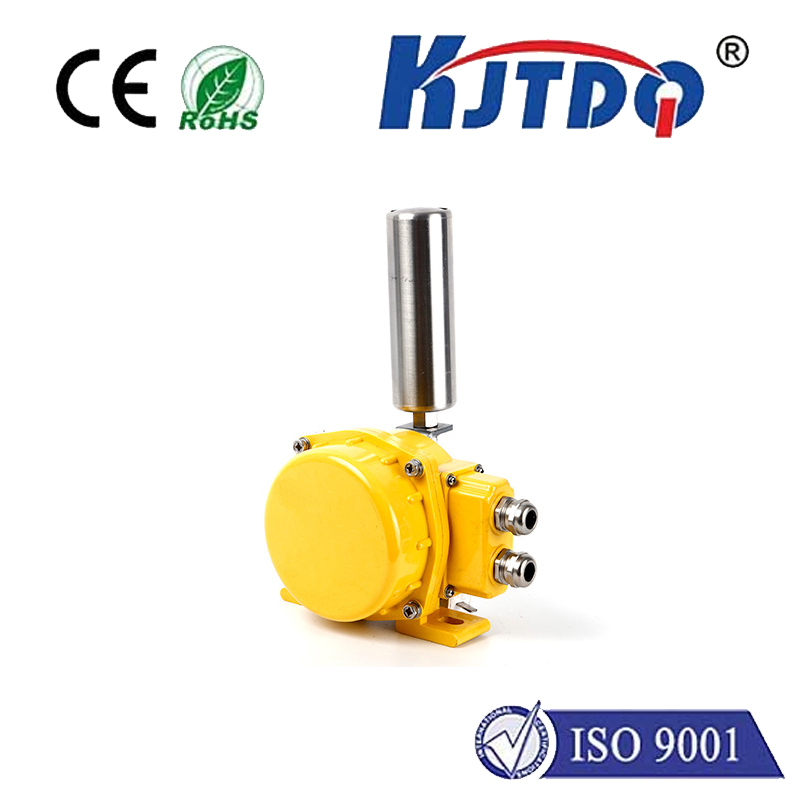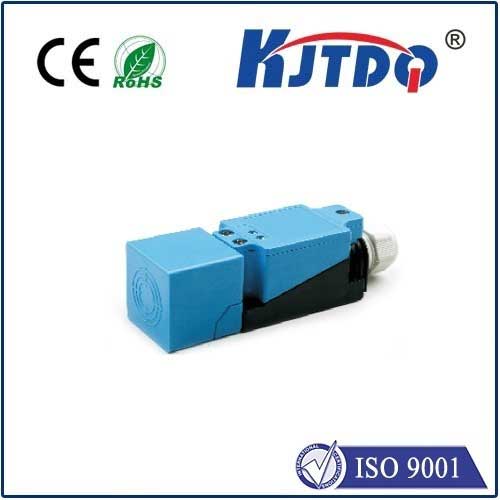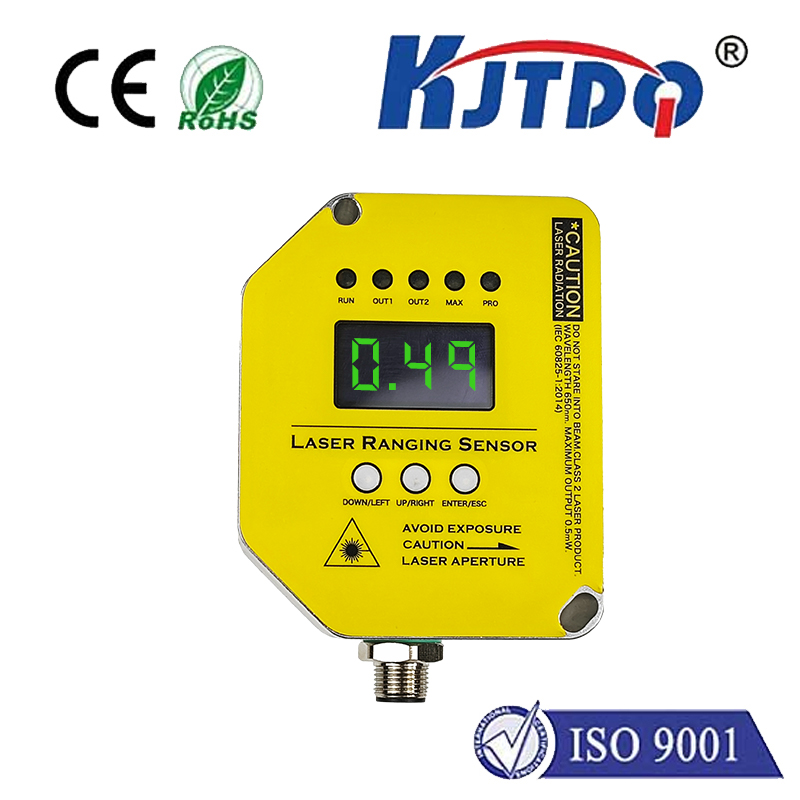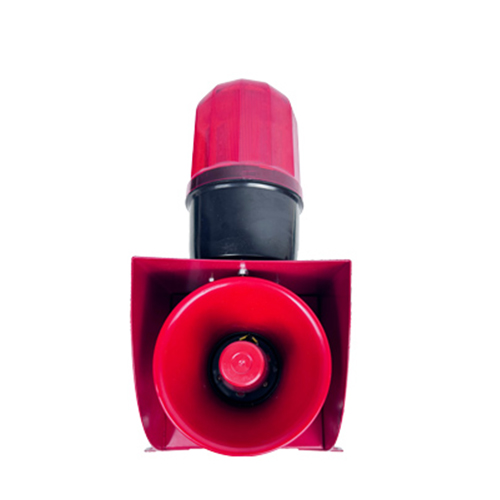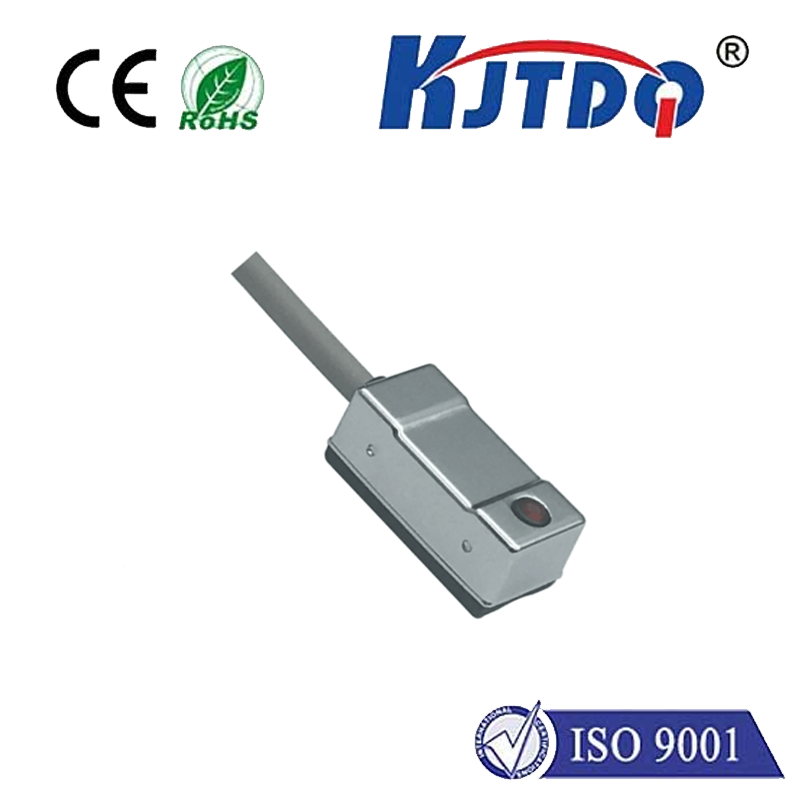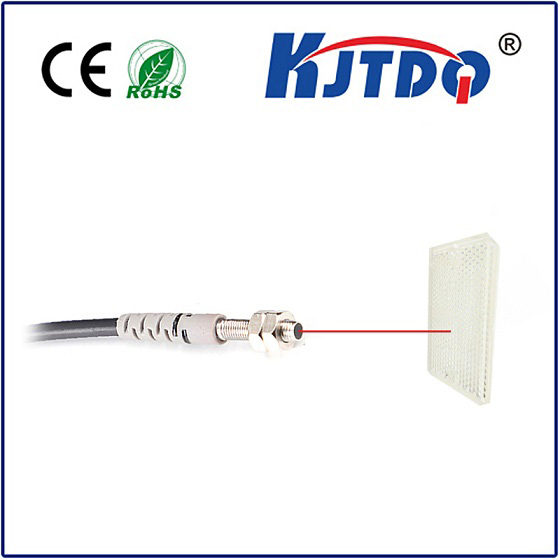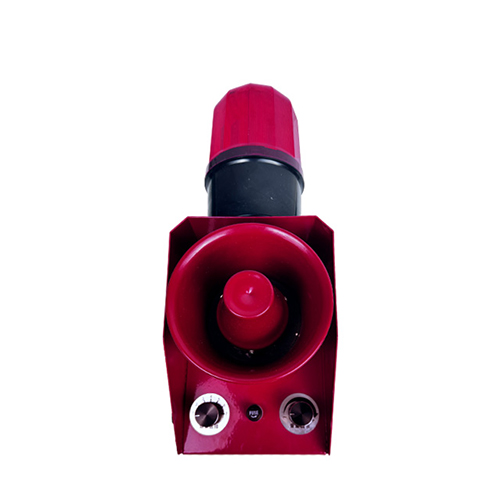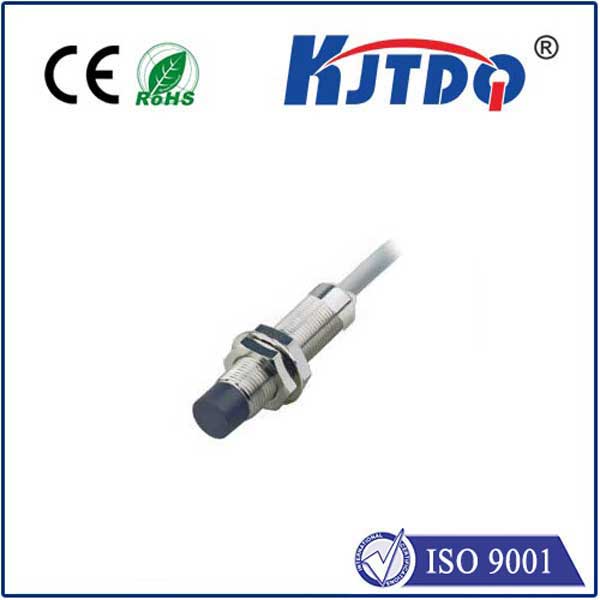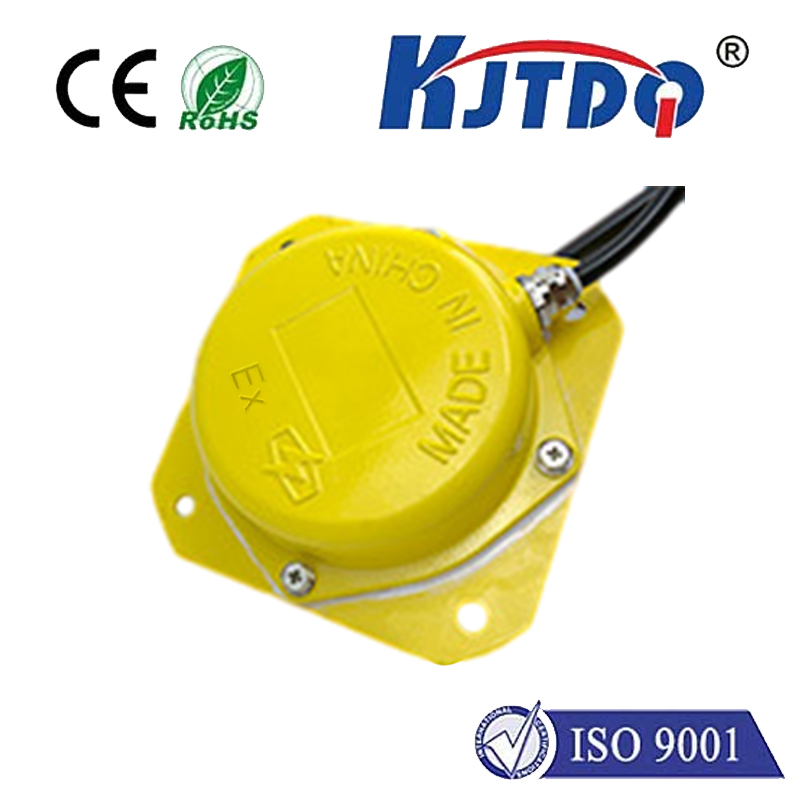Переключатель безопасного положения
- time:2025-08-07 03:42:06
- Нажмите:0
The Unsung Hero of Machine Safety: Understanding the Critical Role of the Position Switch
Imagine this: A technician reaches inside a machine enclosure to clear a jam. Unseen and unprotected, a cutting blade still holds residual energy. Without a critical safeguard, a simple restart command could lead to catastrophe. This grim scenario underscores the non-negotiable importance of safety position switches – the vigilant sentinels ensuring machines only operate when it’s truly safe. Far more than just another component, these devices are fundamental to preventing catastrophic accidents and protecting human lives in industrial environments.
What Exactly is a Safety Position Switch?
At its core, a Переключатель безопасного положения (also often called a safety interlock switch or guard switch) is a specifically designed switch integrated into guard doors, access panels, gates, or moving parts of machinery. Its primary, critical function is to reliably detect the physical position or state of a safety guard or access point. Crucially, it interrupts the machine’s hazardous motion control circuit whenever that guard is not securely in its designated safe position – typically meaning fully closed and locked.
Think of it as the gatekeeper of machine operation. If the gate (the guard) isn’t properly closed and verified, the switch physically prevents the potentially dangerous parts of the machine from activating. This positive mode of operation is paramount – safety relies on the switch actively breaking the circuit to stop operation when a hazard exists.
How Do Safety Position Switches Work? Ensuring Positive Safety

Unlike standard limit switches, safety position switches are engineered to meet rigorous international safety standards (like ISO 13849-1, IEC 60947-5-1, EN 1088). This means they embody Safety Integrity Levels (SIL) or Performance Levels (PL), guaranteeing a very high degree of reliability and fail-safety. Key design principles include:
- Positive Opening Operation: The contacts within the switch are designed to force open mechanically when the actuator (like a cam on the guard) is disengaged. This ensures that even if a contact welds shut (a rare failure), the physical movement of the actuator can still break the circuit.
- Normally Closed (NC) Circuit Design: Safety circuits typically use normally closed contacts. When the guard is closed and the actuator is correctly engaged, the circuit is complete, allowing power to flow to the controls under safe conditions. Opening the guard physically forces the switch contacts apart, breaking the circuit and immediately cutting power to the hazardous functions. This is known as a positive break.
- High Reliability Contacts: Contacts are robust, often self-cleaning, and designed for millions of cycles to minimize the risk of failure.
- Tamper Resistance: Designed to resist defeat or bypassing (e.g., through the use of unique key actuators or coded magnets in non-contact switches).
Key Types of Safety Position Switches
Several designs exist to suit different guarding applications:
- Actuated Cam Switches: The most traditional type. A physical actuator (cam or key) mounted on the guard directly interacts with the switch plunger when the guard closes, changing the contact state.
- Hinge Switch (Latch Switch): Integrated directly into the hinge point of a guard door. The switch detects whether the door is truly latched and closed, not just swung shut.
- Locking Switches: These not only detect guard position but also incorporate an electromagnetic or solenoid lock. The guard cannot be opened until the machine is in a safe state (e.g., motion stopped, energy dissipated). This provides the highest level of protection, preventing access while hazards are present.
- Non-Contact Switches: (Coded Magnetic Switches, RFID Switches): Use magnetic fields or radio frequency identification instead of physical contact. The switch detects a unique coded element attached to the guard. They offer high reliability without wear and tear, are resistant to dirt/contaminants, and provide inherent tamper resistance as generic magnets won’t operate them. These are increasingly popular for demanding environments.
Why Safety Position Switches Are Absolutely Vital: Beyond Compliance
Integrating properly specified and installed safety position switches into machinery safeguarding isn’t just about ticking a compliance box (though adherence to standards like ISO 12100, ISO 13849, and local regulations like OSHA 1910 Subpart O is mandatory). They deliver tangible, life-saving benefits:
- Prevents Accidental Start-up: The primary function - ensuring hazardous motion cannot start or restarts while personnel are accessing danger zones (e.g., during setup, maintenance, or clearing jams).
- Reduces Crushing/Shearing/Entanglement Risks: By stopping machine motion before access is possible, they directly mitigate the most common and severe types of machinery injuries.
- Enables Safe Access for Maintenance & Troubleshooting: Allows technicians to perform necessary tasks safely by guaranteeing the machine remains de-energized until the guard is securely closed.
- Reduces Downtime: While primarily a safety device, reliable switches prevent costly unexpected stops caused by interlocks failing or guards being improperly bypassed. They also facilitate faster, safer access for interventions.
- Lowers Liability & Improves Compliance: Demonstrates a proactive commitment to workplace safety, reducing the risk of significant fines, lawsuits, and reputational damage following an incident.
- Promotes a Safety Culture: Visible, functional safeguarding reinforces that safety is paramount within an organization.
Critical Considerations for Effective Implementation
Simply installing a switch isn’t enough. Effectiveness requires careful consideration:
- Correct Specification: Match the switch type and its PL/SIL rating to the specific risk identified in the machine’s risk assessment. Higher risks demand switches with higher reliability and potentially locking functions.
- Robust Installation: Switches must be mounted securely to prevent misalignment, vibration damage, or accidental dislodgment. The actuator (cam, magnet target) must engage positively and reliably every time the guard is closed.
- Wiring Integrity: Safety circuits must be wired correctly, following relevant standards, often using dual-channel monitoring for higher safety levels to detect faults like wire shorts. Connections must be secure.
- Integration with the Safety System: The switch signals must be correctly integrated into the machine’s overall safety-related control system (e.g., safety relay, safety PLC).
- Regular Testing & Maintenance: Like all safety components, position switches must be included in the plant’s preventative maintenance and safety inspection schedule. Functionality should be tested regularly – often involving simulated guard openings to ensure the circuit breaks as designed. Look for signs of wear, damage, or contamination.
The Bottom Line: An Investment You Can’t Afford to Skip
The safety position switch is far more than just a component; it’s a fundamental pillar of responsible machine operation. It physically enforces the rule that guards must be closed and secured before dangerous movements can occur. In a world where human interaction with complex machinery is inevitable, these reliable devices stand as the critical barrier between routine tasks and life-altering incidents. Choosing the right type, installing it correctly, and maintaining it rigorously is not merely an operational cost – it’s an essential investment in human safety, operational reliability, and ethical responsibility. Never underestimate the power of knowing a machine is truly safe before reaching inside. The consequences of overlooking this vital safeguard are simply too great.

